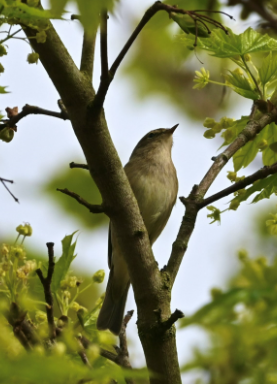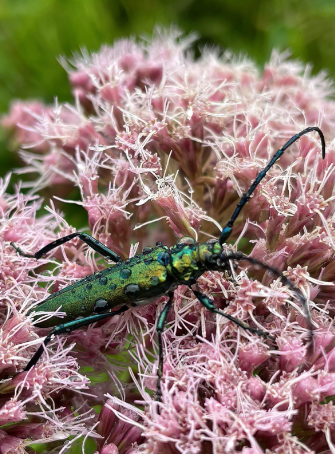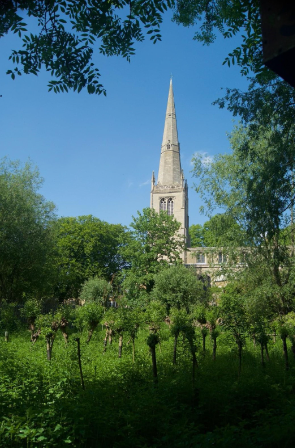
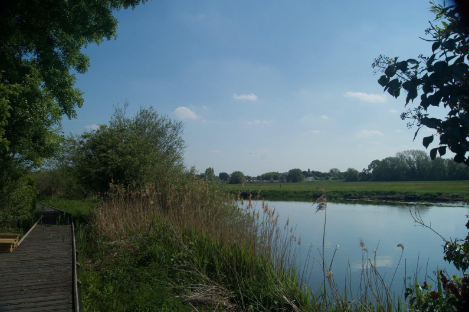
The island’s history
Around 70 years ago the island was a thriving commercial osier bed, providing work for many residents of St Ives. Men traditionally carried out the practical management of the willow beds, the harvesting of the crop and making the baskets. Women were employed during the first two weeks of May to strip the willow to create white willow.
The island was visually very different. It was remarkably flat and you could see from The Waits across to the water meadows. The willow trees were planted in neat, tidy rows and interspersed with fruit trees that provided easy snacks for the workers!
Barges moored alongside the island to transport the prepared willow to workshops where they were made into baskets, notably large post office baskets. The “ridge and furrow” appearance developed because of the osier bed. The ridges formed as alluvium was brought down by the river by the winter flooding, while the furrows were maintained for drainage. These ridges and furrows can still be seen today near the entrance to the site where we have planted new osiers.
The island today
The island today provides a wide range of habitats. When the Osier beds were abandoned the area became overgrown, which changed its appearance and attracted different wildlife. Now it is managed to maintain and encourage a range of plants, insects, birds and mammals.
Plants and wildlife
The island’s plants, which include yellow flag iris, purple loosestrife, comfrey and nettles, provide food for caterpillars of the tortoiseshell, peacock and red admiral butterflies.
More willow has been planted in recent years, mainly in an area near the start of the circular boardwalk. This is at a certain height to stop the Muntjac deer eating the new shoots. The willow is harvested in the autumn, after the leaves have dropped, and is used for a variety of projects from living willow structures to baskets and natural chairs.
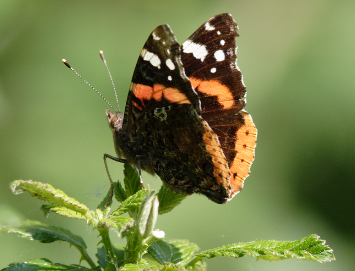
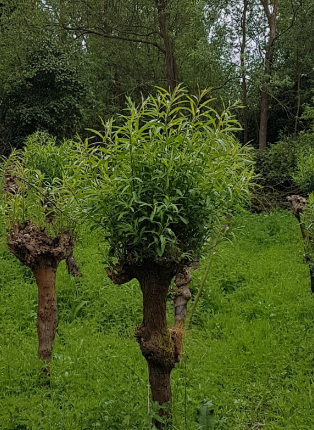
Birds and insects
You can see kingfishers on the backwater and the scrub provides excellent cover for blackcap, chiff chaff, reed and sedge warblers. The island is home to small mammals, such as voles and shrews, and foxes live in the dense undergrowth. The open river, ponds and muddy puddles, together with the tree cover, ensure a colourful display of dragonflies and damselflies during the summer months and an ever-present range of insect life.
